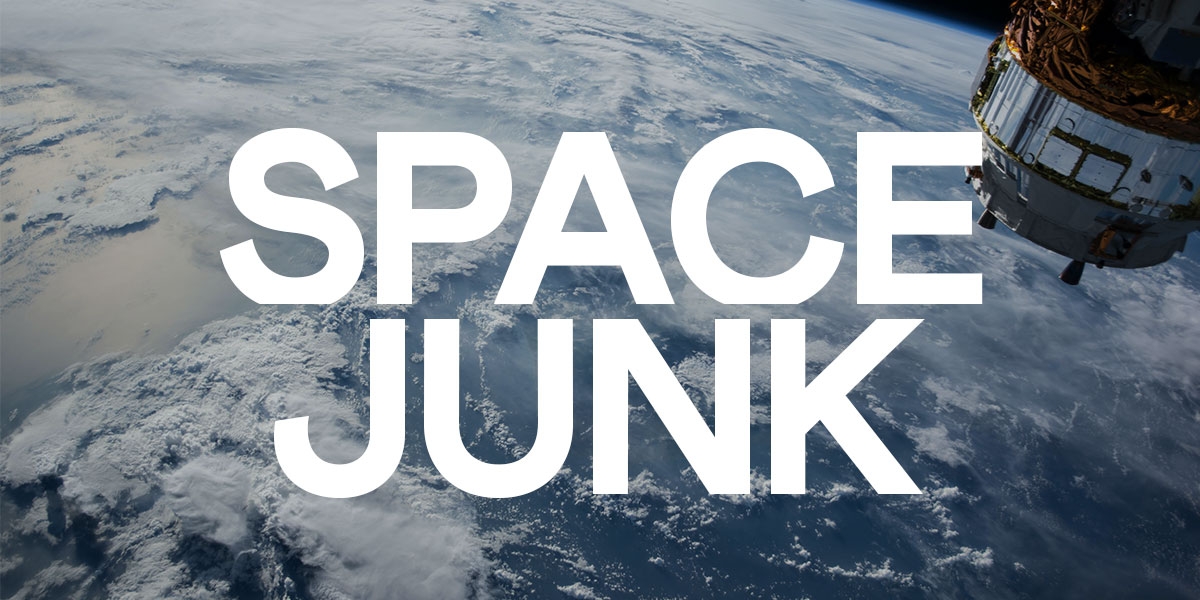
Space Junk
Mother Earth’s pollution problem is well publicised, even if poorly managed. A less obvious concern is the amount of debris orbiting outside the atmosphere: space junk.
Currently, half a million pieces of debris, weighing 8,000 tonnes, hover in lower orbit. Here’s an exaggerated simulation of the chaos far above our heads. What’s the big deal?
The satellites that provide us with internet, GPS, and cell service are at risk of collision. While each satellite employs avoidance technology, collisions do happen. In 2009, an active US satellite ran into a disused Russian satellite, the biggest crash in history. Two thousand five hundred pieces of sizable debris entered orbit and endangered other space instruments in the area. A collision knocks out access to essential resources for communities on the ground. The International Space Station completes at least one avoidance manoeuvre a year to circumvent a similar fate with humans onboard. And it wouldn’t take much. At the speed space junk travels at, even debris the size of a softball could destroy a satellite.
Then there’s the more sensationalised dilemma; there’s a risk we become trapped on Earth forever. As Elon Musk will attest, humans may need to move to other planets to ensure long-term survival. While it’s not a problem our generations will likely encounter, there’s a non zero chance humans will be forced to colonise faraway planets. If the volume of space junk in orbit becomes too great, launching rockets becomes impossible.